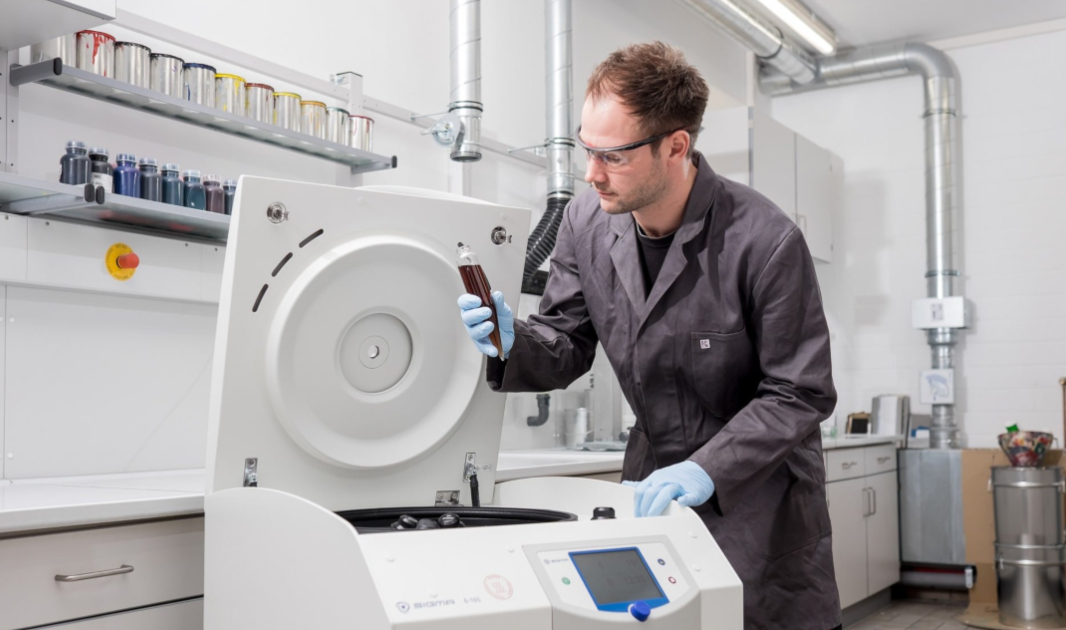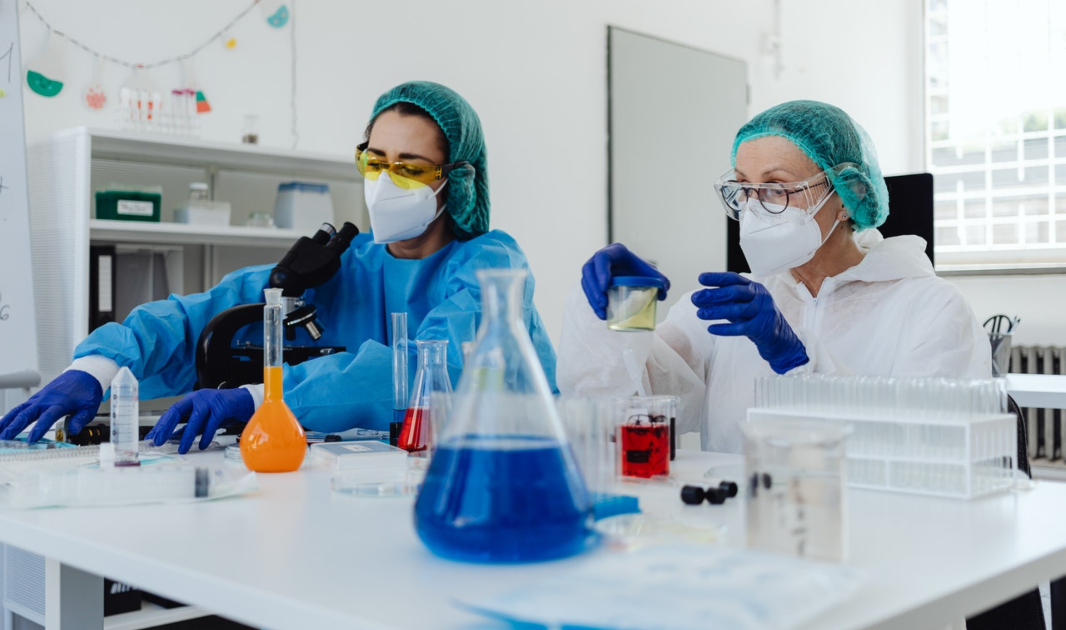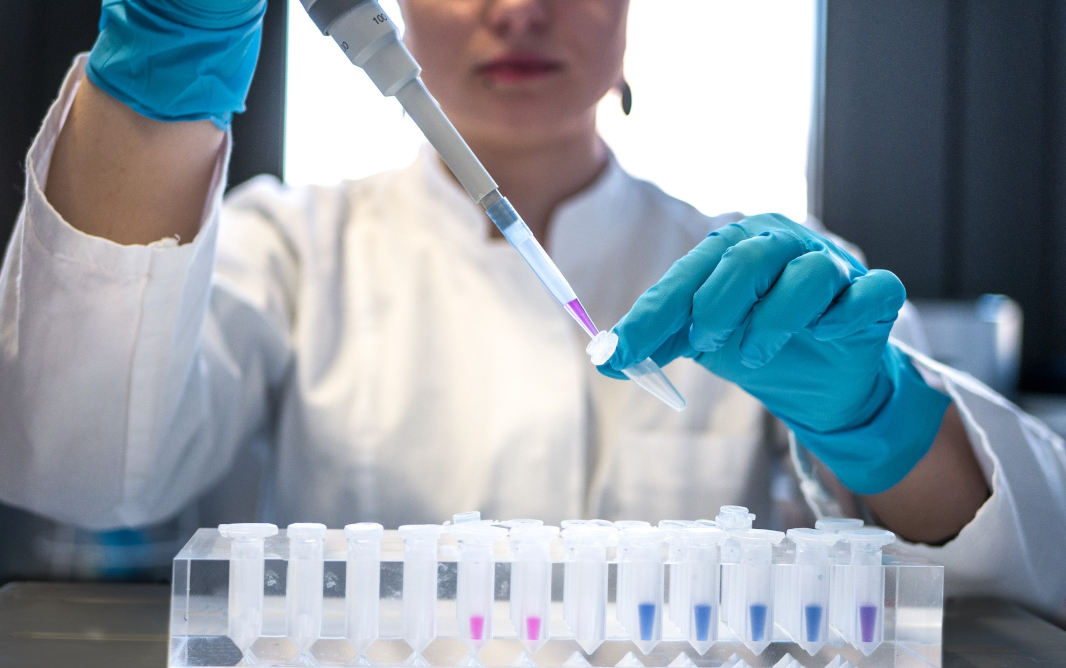Temperature control is vital in every modern lab.
Temperature and humidity, especially in the summer months, can significantly impact how chemicals, samples, and equipment are used in the laboratory, and inconsistent temperatures can cause havoc with experiment and end in disaster.
Here, the Evolve experts offer a number of tips you can follow to keep your lab’s temperature just right.

Standard laboratory temperature ranges
The standard laboratory temperature range is typically kept between 18°C and 24°C, with the ideal temperature usually being 20-22°C and a humidity level of 45% to 65%. These ranges are set to comply with EU legislation and provide an environment that makes it possible for experiments to be carried out effectively.
High temperatures can lead to bacteria growth, while low temperatures often cause condensation. Keeping temperatures too high can also damage delicate materials or cause oxidization. Similarly, low lab humidity levels have been linked with increased static electricity that can cause equipment failure and even fires when flammable items are present in the lab.
Adhering to these temperature and humidity guidelines ensures that labs maintain a safe working environment while enabling effective experimentation. It is important to note that laboratories may differ depending on the type of research they are conducting or the chemicals used; some labs may need an even more precise range of temperatures or lower/higher lab humidity levels than what is typical in other labs.
The impact of incorrect temperatures
When temperature and humidity are not maintained in a laboratory setting, the safety of workers and successful results of experiments can be compromised. These environmental conditions can adversely affect chemicals, samples, and equipment if they are not kept within a safe range.
Chemicals stored at improper temperatures may become unstable or ineffective, leading to inaccurate results in experiments or even failure of the experiment altogether. Samples stored at improper temperatures may become damaged or unusable; for example, high temperatures may cause proteins in a sample to denature or degrade. Equipment that isn’t kept at optimal temperatures may malfunction due to parts expanding/contracting or corrosion from condensation.
It is also important to note that laboratories conducting different types of research may need an even more precise temperature range than what’s typical for other labs. For example, clinical laboratories typically require a much narrower range than general laboratories since samples kept there must remain stable for long periods. Similarly, research labs helping develop drugs require much stricter temperature control because they involve highly sensitive chemicals that need precise environmental conditions for optimal performance and accuracy.

Evolve expert advice
Lab managers should introduce accurate monitoring systems to measure and accurately control temperature and humidity levels.
Temperature monitoring devices are designed as digital temperature controllers or temperature indicator controllers that can provide precise feedback on the current temperatures in a given space and how they vary over time. These devices can be linked up with sensors placed around the area that can track temperature changes and send alerts if any exceed set limits.
Humidity monitoring is also critical for keeping lab conditions safe and optimal for research. Humidity monitors allow researchers to track how much moisture is present in the air through relative humidity readings, which can help them identify changes in environmental conditions before they become a problem.
By connecting several humidity sensors throughout the lab, researchers can create a network of real-time data points that will alert them whenever any sudden spikes or drops occur.
Other equipment to monitor temperature and humidity include thermocouples, thermistors, thermo-hygrometers, humidity data loggers/recorders and more. Depending on their purpose, these devices come in many shapes and sizes – some are small enough to fit inside cabinets, while others are large enough to cover an entire room.
They can also provide various readings depending on calibration, from measuring real-time changes over minutes or hours to recording long-term trends over days or weeks.
Ultimately, having accurate monitoring systems throughout a lab is vital for maintaining optimal research conditions; introducing these systems helps labs ensure their experiments get the right environment and yield reliable results each time without worrying about how external variables may adversely affect research outcomes.
How Evolve can help you
Ar Evolve, we we understand the importance of maintaining temperatures in a lab setting.
That’s why we offer an array of quality equipment designed for precision monitoring and accurate data readings. Our range of products includes digital temperature controllers, thermometers/sensors, humidity monitors and more – all equipped with reliable sensors that measure changes over time to ensure your experiments are conducted under optimal conditions.
With our help, you can rest assured that your lab will be kept at the perfect temperatures and relative humidity levels so you can focus on achieving successful results. Contact us today to find out more!
All the latest Evolve news
Our programmes and partnerships, innovations and investments, and the positive impact we’re making.
We’re driven to do good
At Evolve, we believe in our people’s passion and power to drive positive change – for themselves, our business and our customers.
That’s why we foster a dynamic culture where everyone has the trust and support they need to own their impact, grow further faster and get more from life.
Uniquely among companies of our scale and heritage, we have the go-getting pace and can-do spirit of a start-up. So, if you’re looking to challenge yourself with opportunities you won’t get anywhere else, Evolve is the place for you.


